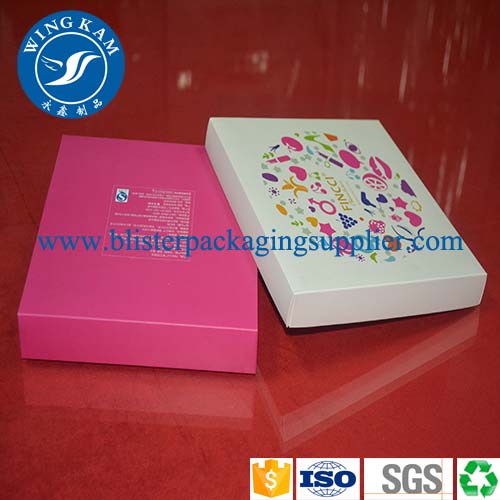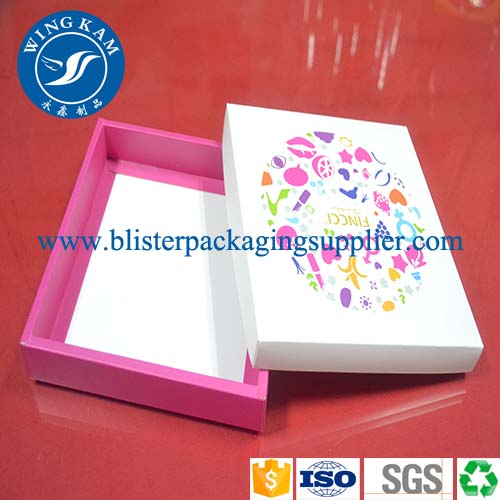Color terms
1. How are colors defined? What is red? What is green? What is blue? What is their wavelength and energy range?
A color is defined by its unique brightness, saturation, and hue properties. It is an international standard developed by the International Commission on Illumination (CIE) that can be used to measure these properties of any color.
Color is a reflection of light. Without light, there is no color. The range of light waves that can be sensed by human eyes is called "visible light" and is about 380 nm to 730 nm. The light wave range of 600nm to 700nm is red light, 500nm to 600nm is green light, 380nm to 500nm is blue light, the human eye senses red, green, and blue, respectively, called the three primary colors. Trichromatic mixing can produce any color.
The wavelengths of the red, green, and blue primary colors specified by the CIE are 700 nm, 546.1 nm, and 435.8 nm, respectively. Since human eyes have different sensing capabilities for these three primary colors of light, if R (red) is set as the reference value 1, the relative brightness ratios of R (red), G (green), and B (blue) are 1.0000:4.5907:0.0601. , can match the white light with the same energy, so CIE choose this proportion as the unit quantity of the three primary colors of red, green and blue, (R):(G):(B)=1:1:1, ie: )+(G)+(B)=(W). Although their brightness values ​​are not equal, CIE uses the brightness value of each primary color as a unit. The unique hues of the red (R), yellow (Y), green (G), and blue (B) colors are assumed to be about 20, 90, 164, and 237 hue angles (defined by CIE), respectively.
In addition, color maps can also be used to represent these attributes of colors, such as the Munsel system, Ostwald color representations, and the like.
2. We often hear people say that the Munsell system, how does it express color?
At present, the Munsell color system has been widely used internationally as a method for classifying and calibrating surface colors.
Each color of the Munsell system is defined by Hue, Value, and Chroma, and is therefore also called the HVC system.
Hue, also known as hue, refers to different colors such as red, orange, yellow, green, cyan, blue, and purple. Value is the degree of lightness or darkness of a color. Chroma refers to the purity of the color, also called purity or saturation.
The color in the Munsell system is represented by a three-dimensional spherical stereogram. The central axis of the sphere represents the lightness level of the black and white series, with black at the bottom and ideal black at 0; white at the top and ideal white at 10, for a total of 11 levels. The horizontal section of the three-dimensional sphere in the Munsell system represents ten basic colors, including five primary colors of red (R), yellow (Y), green (G), blue (B), and violet (P), and yellow Red (YR), green (GY), blue-green (BG), violet (PB), and red-purple (RP) colors. Subdivided on the basis of the 10 main colors to get 40 colors. The center chroma value of the sphere is 0, and the radius of the sphere indicates the increase of chroma from inside to outside. Therefore, in the Munsell system, the spatial position of any color can be defined based on the 3D coordinate information.
3. In light terms, what is described as "no color"? Is it white, black, gray, or light brown?
Color is a visual phenomenon caused by light stimulating the human eye. The physical properties of light are determined by the amplitude and wavelength. The amplitude is the measure of light. Its size determines the light and darkness of the light, and the length of the wavelength affects the hue and wavelength. Long-term favors red, while short-term tends to blue.
The color of an object is formed by the selective absorption of the incident light by the object. When the incident light is irradiated on the surface of the object, due to the selective absorption, it can be transmitted mainly from the incident spectrum. The object is light of the same color, while other light is almost entirely absorbed; if the spectrum of the incident light does not have the color spectrum of the object, the incident light is almost entirely absorbed without transmitted light. In color, the series of white, black, and various shades of gray is called the white-black series, which is achromatic or achromatic.
When the surface of the object has a reflectance of 80% to 90% for all wavelengths of the visible spectrum, the object is called white; when the reflectance is below 4%, the object is called black; between white and black is Different degrees of gray. The reflectance of pure white should be 100%, and the reflectance of pure black should be 0%. In fact, it is impossible to think of pure black as no light.
Color refers to various colors other than white and black series. People say that red, orange, yellow, green, cyan, blue, purple, etc. are all one of the colors. Therefore, light brown is indeed a color, but also a color.
Paper Box PackagingWing Kam Packaging Co.,Ltd. was established in 2001, we are manufacturer and support custom design. We specialize in this Paper Box Packaging/paper box packs.Our value message is "QUALITY IS OUR LIVE, WITHOUT QUALITY, WITHOUT US." If you order this Paper Box Packaging(paper drawer box) from us, YOUR BUSINESS WILL BE SAFE, YOUR MONEY WILL BE SAFE, YOUR PRODUCT OUT LOOK WILL BE GORGEOUS.
ItemPaper Box PackagingDimensionCustomizedMaterialPVC, PETThickness200~2100gCardboard InsertYes, CustomizedMOQ3000pcsSample orderWelcome & acceptable
Product Pictures Show:



 Welcome to order Paper Box Packaging. Any questions please contact us freely.
Welcome to order Paper Box Packaging. Any questions please contact us freely.
Square Shape Paper Box Packaging,Cardboard Box Packaging, Rectangle Shape Box Packaging,Art Paper Box Packaging
Shenzhen City Wing Kam Packaging Products Co., Ltd. , http://www.blisterpackagingsupplier.com